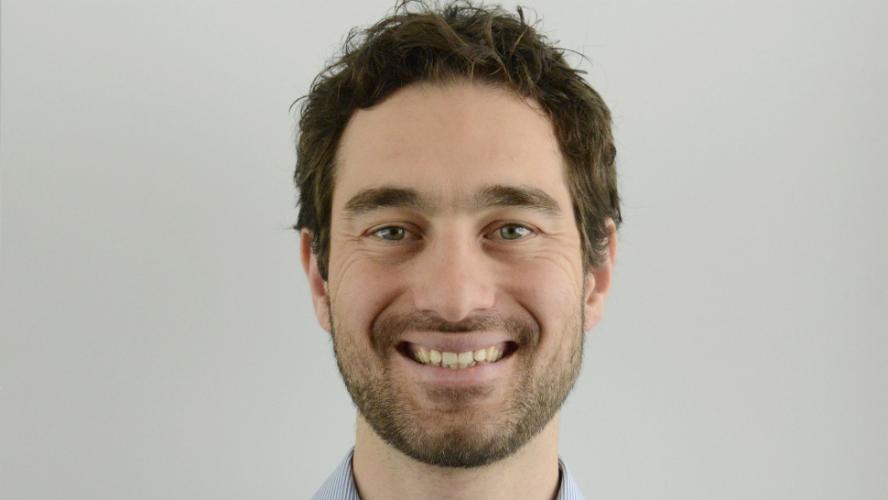Till Death Do Us Part
There’s a package being shipped from Sydney, NSW to Oodnadatta, SA. The package is picked up at Kingsford Smith Airport and is flown in a freight plane to Adelaide Airport. It arrives safely, of course. The pilots have had ample time to rest before their flight duty period, with mandatory limits on their flight and duty time. The package is then loaded into a truck to complete the rest of the journey. This leg is also completed without issue, as there are mandatory limits on continuous and non-continuous work time for truck drivers. The package, a coffin, is unloaded from the truck and into the undertakers to prepare for the burial of the local clinic doctor. He passed away a few days ago, having fallen asleep at the wheel on the way home after a horror run of on-call shifts and emergency deliveries.
We have a habit of normalising the abnormal in medicine. It goes with the territory. After the first encounters with extreme physiology and death, it starts to become routine. Mundane, even. This explains why we’re so abysmally unskilled at detecting the effects of fatigue on ourselves and our own work. Take the above example and find anyone of your friends who has minimal contact with the medical profession. Paint the picture, contrasting the rules and regulations around fatigue for doctors with other professions. It shouldn’t take you very long, as there is a dearth of regulations around fatigue for doctors. Watch their eyes widen as you describe the tasks you are expected to undertake with the life you are expected to lead.
There are no national laws around the fatigue management of those responsible for the care of the victims of severe fatigue. Let that sink in for a minute.
Now creative licence is a wonderful thing for telling a story, but it’s not a great basis for public policy. So what do we know about the work of doctors in Australia and the effect of fatigue? The AMA has developed a National Code of Practice (NCP) around safe working hours, which has been around for more than a decade. This piece of work combines current evidence with best practice fatigue management into guidelines for doctors and employers to use in their practice. Risk assessment tools are included to give people the ability to assess just how risky proposed rosters or shift patterns might be, allowing employers to build rosters that are best suited to their workforce needs while also minimising fatigue risk for their doctors. The NCP has led to direct change to industrial agreements across the country, and has been a huge success in not only practical rostering changes, but the slow process of driving cultural change on safe working hours across the country.
In addition to this, the AMA has run a Safe Hours Audit for some time now to get a picture of working hours for doctors in training and salaried doctors across the country, and it’s an interesting picture. We know things are improving. The number of doctors working “high risk” or “significant risk” hours has fallen from 78% in 2001, to 53% in 2011. I mean, it’s a nice trend, but at the end of the day that means about one in two doctors is at risk of harm from fatigue. And it’s not just the mortality that matters; it’s the morbidity. To those of you reading this and thinking that these rules don’t apply to you and that you’re superhuman, you’re not. We know that 17 continual hours of wakefulness roughly equates to a blood alcohol level of 0.05%. I doubt very much that you’d down a couple of pints before you took out a gall bladder, so why support unsafe working hours? Best practice costs money, and no health system will organically move to safer working hours without active campaigning for change. You need to assess your own work and decide for yourself: are you at risk of harm?
In late October, the AMA Council of Doctors in Training will be launching the next Safe Hours Audit. If you only do one thing as a result of reading this column this year, let it be that. Keep an eye out for the launch and take five minutes out of your day to anonymously assess your roster for fatigue risk, and help us to build the case for better fatigue management. It just might be the best thing you do for your patients that week. Until next time,
Z

Dr John Zorbas
Chair, AMA Council of Doctors in Training



